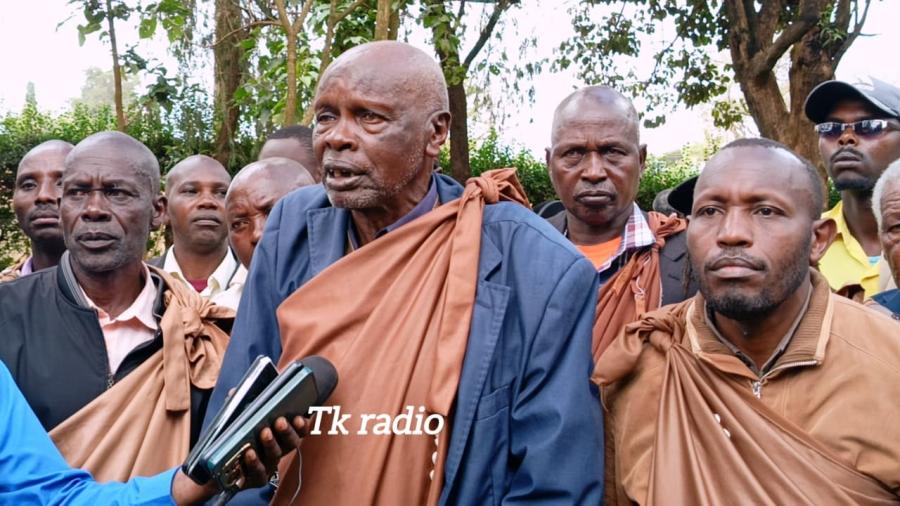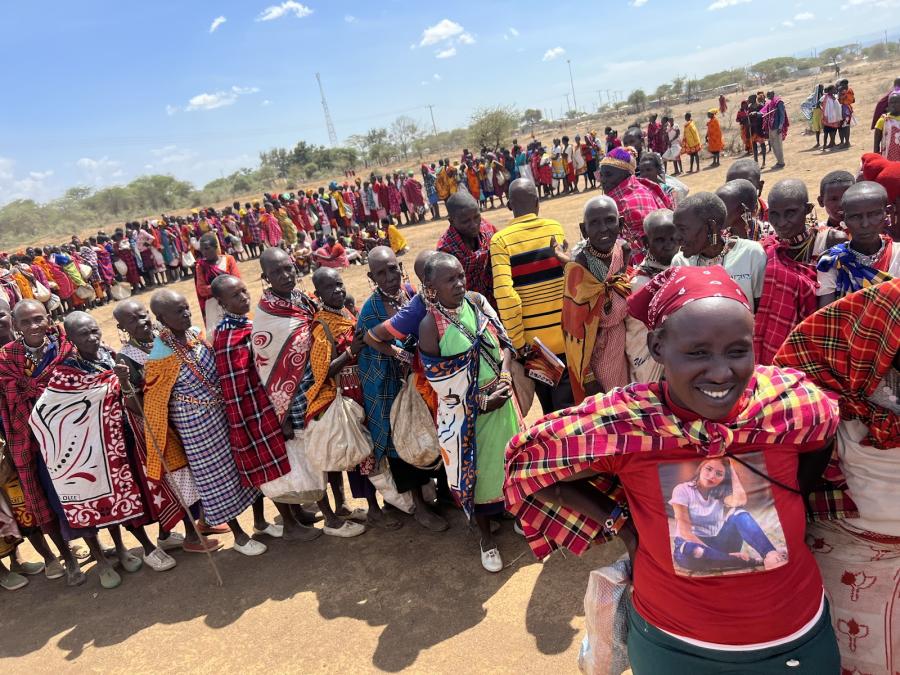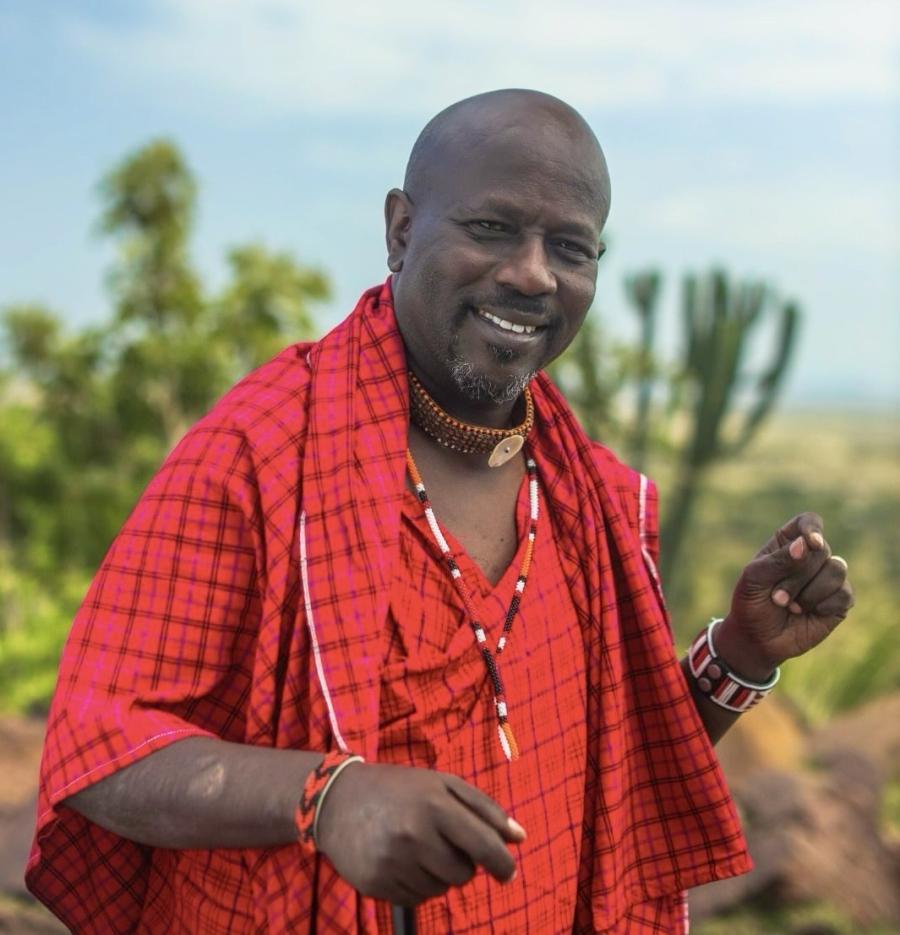
By Georges Dougnon (Dogon, CS Staff)
At the Cultural Survival gathering in Nakuru, Kenya, on February 22, 2025, Cultural Survival staff met with Margaret Super, a dedicated woman advocate for pastoralist communities' livelihoods and women’s rights in the northeastern part of Kenya known as Marsabit County. She hails from the Rendille Indigenous community, whose territory covers Marsabit County in northern Kenya, between the Marsabit Hills and Lake Turkana. They are a Cushitic-speaking ethnic group inhabiting northern Kenya's arid and semi-arid lands. Traditionally, they are semi-nomadic pastoralists centered around herding livestock, primarily camels in the northern regions and cattle, sheep, and goats in the south. As pastoralists in an already challenging environment, the Rendille are particularly vulnerable to the impacts of climate change.
As the founder and executive director of the Pastoralist Peoples' Initiative (PPI), Super has a life trajectory tirelessly to amplify the voices of pastoralist women, promote their ancestral knowledge, and empower communities to navigate contemporary challenges such as climate change while preserving their cultural preservation and livelihoods. Margaret excels at translating complex environmental issues into accessible terms for diverse audiences, effectively bridging the gap between local knowledge and global concerns. Her approach to environmental justice is holistic and deeply rooted in a feminist Rendille perspective, recognizing and addressing the unique challenges faced by pastoralist women through education, advocacy, and sustainable development initiatives.
We spoke with Super about specific impacts of climate change on the Rendille community and their adaptation strategies.
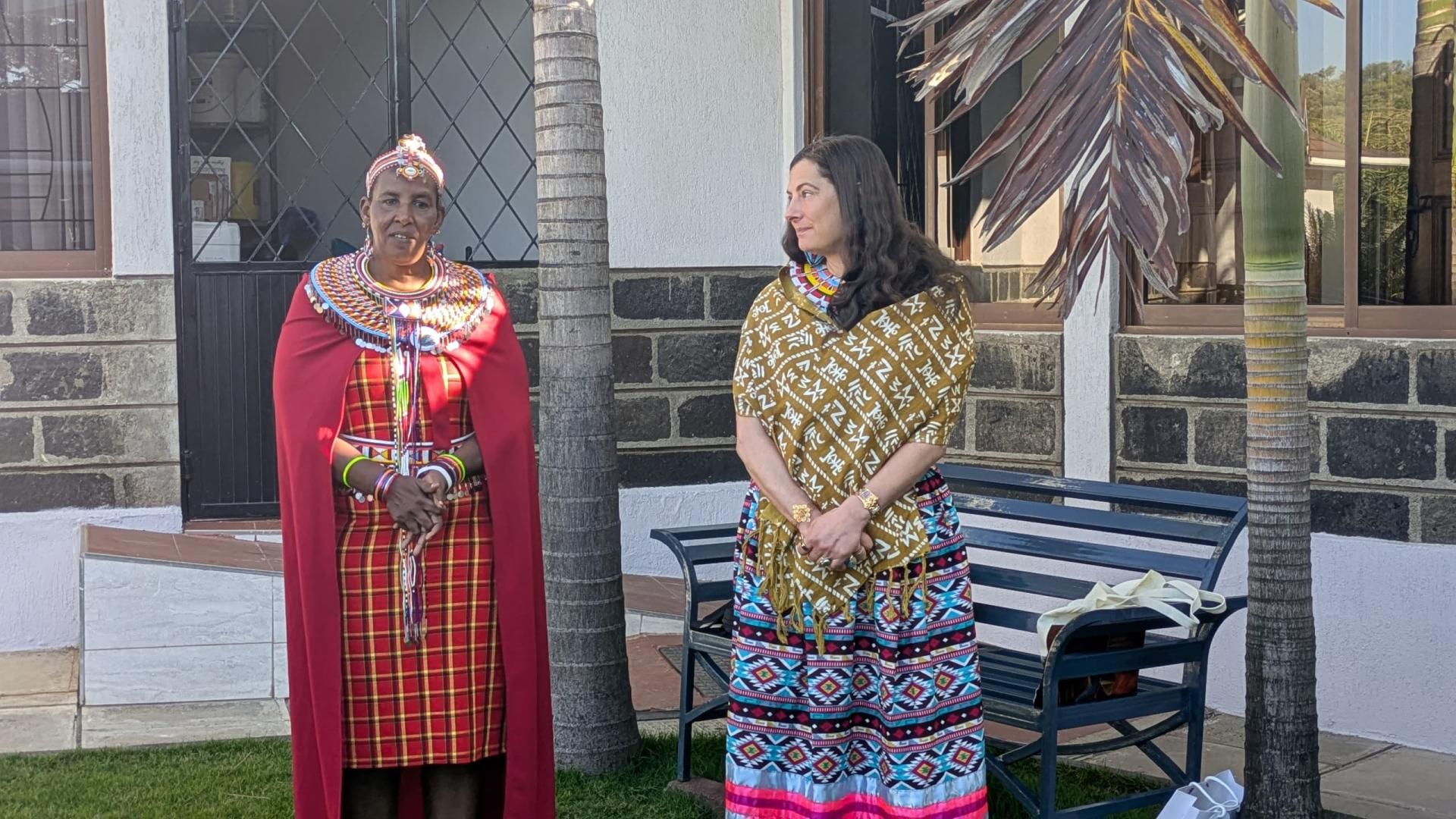
Margaret Super with Aimee Roberson.
CS: What are the main impacts of climate change observed by the Rendille community?
Margaret Super: The Rendille community is experiencing prolonged droughts, unpredictable rainfall, and increased desertification. These changes are causing severe water shortages, the loss of pastures, and a decline in biodiversity, significantly affecting both livestock herding and agriculture.
CS: How do these changes affect traditional livelihoods, including livestock rearing and access to water?
MS: Droughts have drastically reduced available grazing areas, leading to increased livestock mortality and forcing herders to migrate longer distances in search of water and pasture. Water sources, such as boreholes and seasonal rivers, are drying up more frequently, exacerbating competition and conflicts over access to resources.
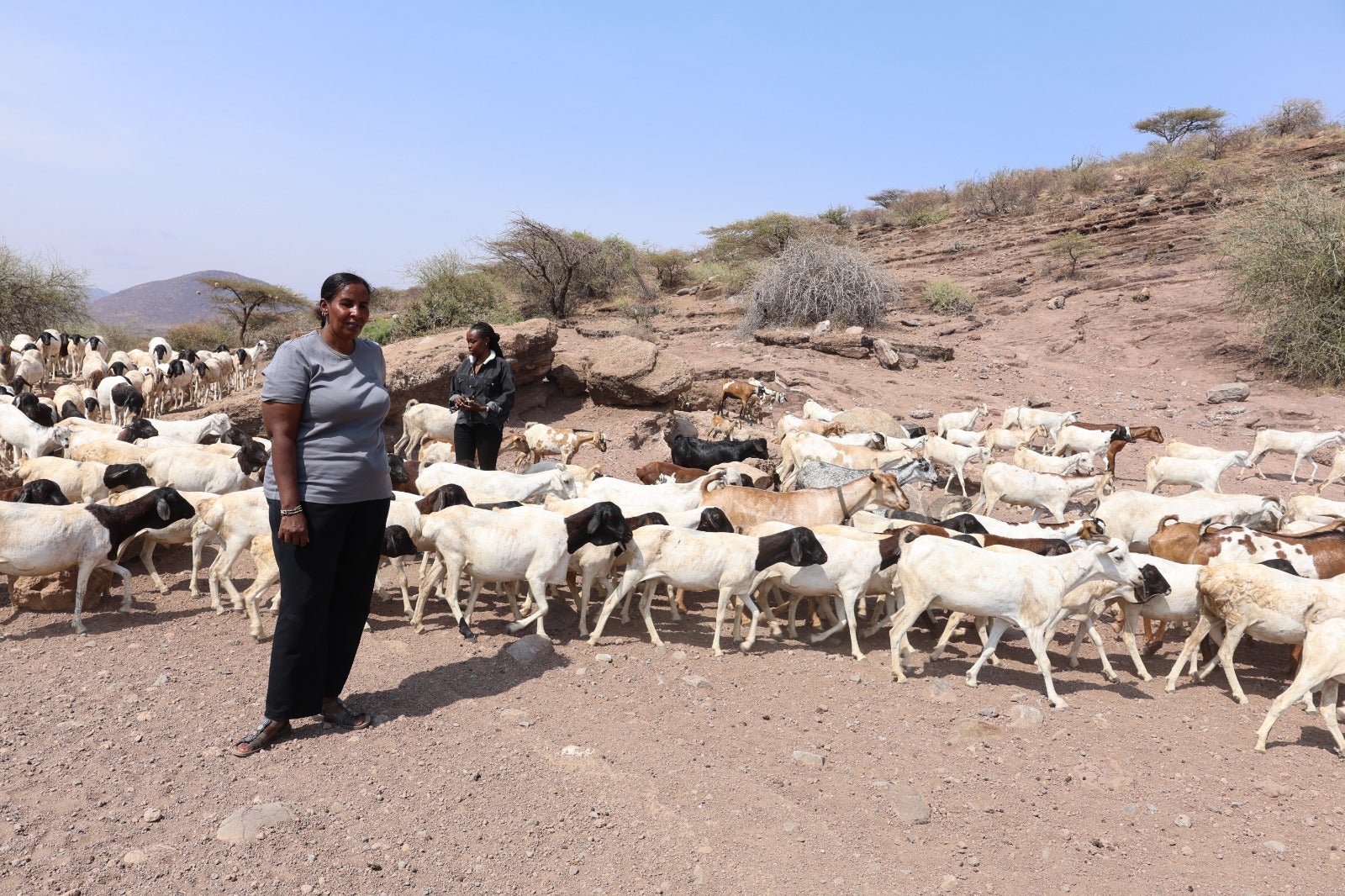
CS: Have you noticed an increase in extreme weather events, such as droughts or floods?
MS: Yes, droughts have become more frequent and intense, aggravating food insecurity and economic hardship. While floods are less common, when they do occur, they destroy pastures, damage infrastructure, and further complicate access to resources. Another major problem is the spread of Prosopis juliflora, an invasive plant that inhibits the growth of other vegetation and is a contributor to malaria. This proliferation reduces grazing land, and blocks access routes to water points, forcing herds to use busy roads, where they risk being hit by vehicles. In addition, competition between livestock and wildlife for water leads to long waiting hours at watering points and intensifies conflicts between local and neighboring communities.
CS: What traditional strategies does the Rendille community use to adapt to climate change?
MS: The Rendille have always relied on mobility, adapting their grazing patterns to seasonal variations and maintaining mixed herds to strengthen their resilience. They also utilize traditional water conservation techniques, such as constructing strategically placed ponds and wells.
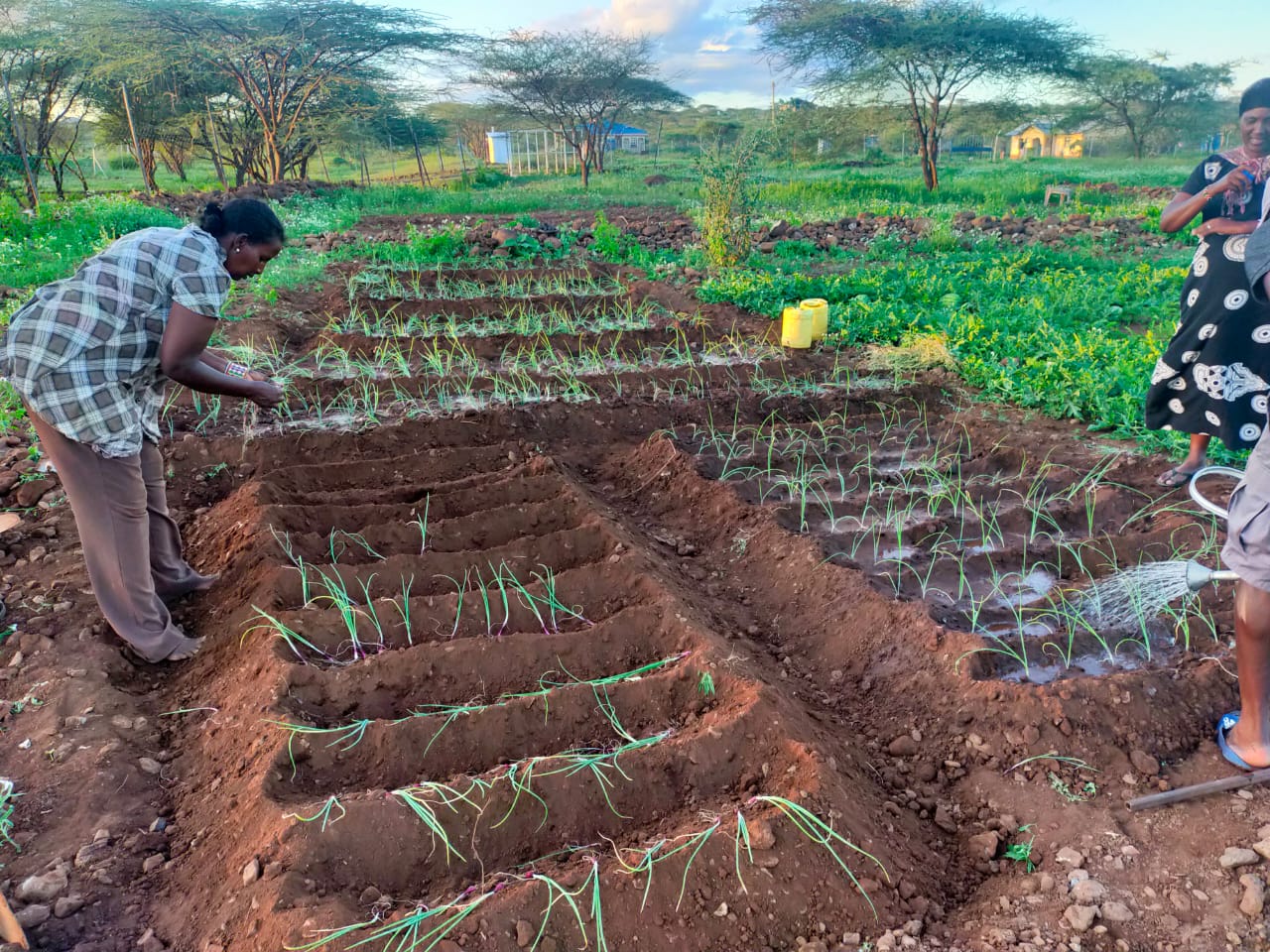
CS: Are there specific Indigenous knowledge practices for managing natural resources during climate crises?
MS: Yes, the Rendille community employs traditional rangeland management techniques, including controlled grazing and collective decision-making on land use. Elders play a crucial role in planning livestock movements to prevent overexploitation of resources. They also use Indigenous methods of weather forecasting based on animal behavior and environmental signs. However, climate change is increasingly disrupting these forecasts.
CS: What role do women and young people play in climate adaptation within the community?
MS: Women play a vital role in water collection, food preservation, and managing family resources during crises. Young people are increasingly involved in alternative livelihoods, such as agribusiness and conservation initiatives, to reduce dependence on livestock.
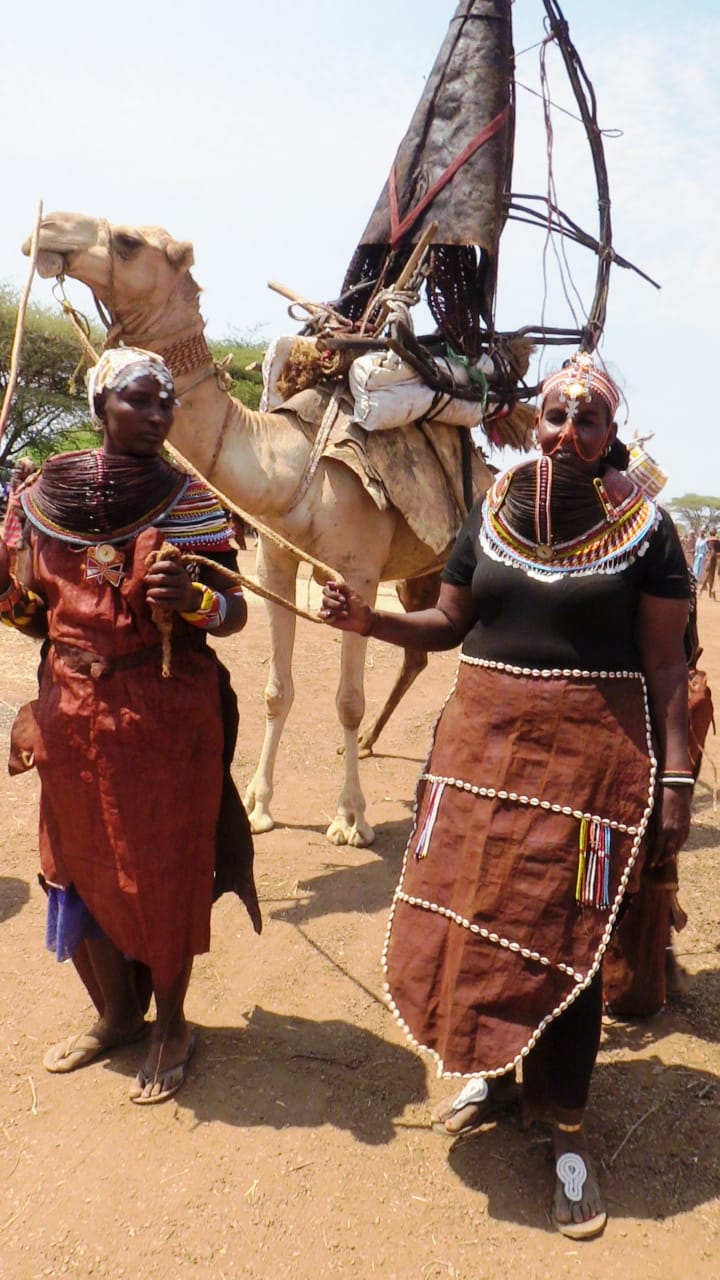
CS: How does your Indigenous organization, Pastoralist Peoples' Initiative, support the Rendille community in the face of climate change?
MS: PPI promotes sustainable economic alternatives, such as cricket farming and vegetable gardening, to diversify income sources. We also advocate for climate justice, raise community awareness of sustainable practices, and campaign for policy reforms that promote Indigenous resilience.
CS Do you collaborate with governments or international organizations to build climate resilience?
MS: Yes, we collaborate with government agencies and international partners to promote climate-smart agriculture, water conservation projects, and community-based climate adaptation strategies.
CS: What do you think are the most effective solutions for strengthening the climate resilience of the Rendille?
MS: The most promising solutions include expanding water conservation projects, strengthening alternative livelihoods, and integrating Indigenous knowledge into climate policies. However, more support is needed for climate education, infrastructure, and sustainable development programs.
The Nakuru meeting brought together 17 representatives of partner organizations and fellows supported by Cultural Survival. It provided an opportunity for participants to gain a better understanding of Cultural Survival's strategic plan, its presence in Kenya, and its climate change strategy. The meeting also facilitated networking, experience sharing, and discussions on the impacts of climate change on Indigenous communities in Kenya. The Endorois community, a beneficiary of the JAC Community Centre supported by Cultural Survival, participated in these exchanges.
Aimee Roberson, Executive Director of Cultural Survival, and Avexnim Cojti, Program Director, expressed their gratitude and presented Cultural Survival's vision and actions in Kenya. This enriching conversation fostered mutual learning, reflection on potential synergies, and collaboration to combat climate change by promoting Indigenous solutions.
